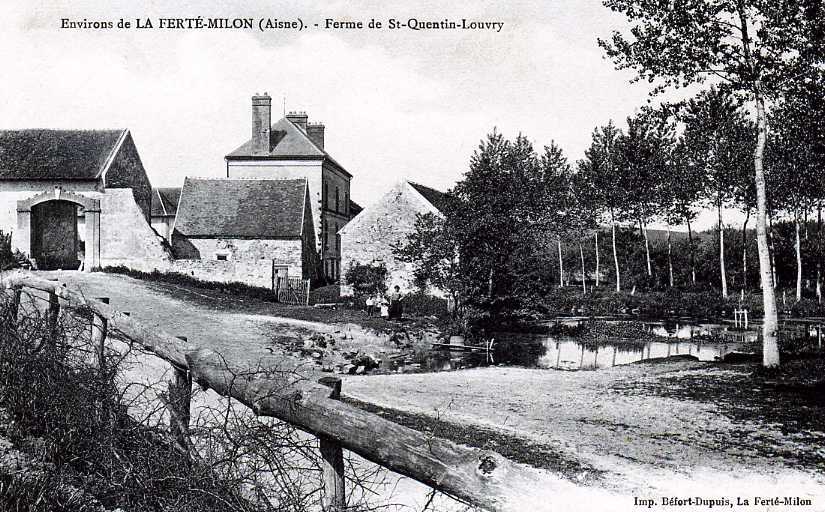10th September 1914
As the Dorsets tentatively edged out from Bézu-le-Guéry towards Hill 189 they came across the debris of the previous day’s firefight. Gleichen remembers the Germans “had left that field battery on Hill 189 behind them, surrounded by about twenty or more corpses and a quantity of ammunition.” The war diary claims “forty-seven dead Germans were found here afterwards, nearly all shot through the head”. It would be interesting to confirm these reports. It would also be interesting to read any German accounts of the previous day’s action.
The 15th Brigade continued on its advance, the weather getting colder and wetter throughout the day as Autumn took hold. They were pretty much unhindered by any action with the enemy. There was an incident at Dhuisy where an enemy transport column climbing towards Gandelu was spotted and subsequently shelled. The Brigade was also shelled by its own guns as it waited to enter billets and bivouacks for the night at the farm in “Saint-Quentin”. But other than that, it was a day of marching, passing through prisoners and booty captured by the marauding cavalry units ahead.
Throughout the day they passed piles of discarded equipment and smashed vehicles. Gleichen allowed the men to take food at one point for themselves and corn for the horses. He praises the German’s “gulasch” and “blutwurst” over the BEF’s “everlasting bully beef”.
Other transport wagons were filled with bounty, “cases of liquor and wine, musical instruments, household goods, clothing, bedding etc”. Gleichen accuses the Germans of being “a robber at heart, and takes everything he can lay his hands on”. This is from the same Count Albert Edward Wilfred Gleichen, son of Prince Victor of Hohenlohe-Langenburg.
The farm they end up in, which the Dorsets’ war diary calls St Quentin (as does Gleichen, the Cheshires and the Bedfords) is no longer on the map and I don’t, as yet, have access to an old 1912 map. So I’ve guessed where the farm was and placed it near a wood called Bois de Louvry, roughly on the path of their advance. I wondered if the farm could be this postcard.

The British Army of 1914 has an annoying habit of shortening place names so it makes it very hard to find some of the villages mentioned in diaries. It also appears that a lot of the names have changed along the Aisne over the last hundred years or so. I have no idea why.
They had marched 16 miles. That night more reinforcements arrived. Two parties consisted of a total of 187 men under Lieutenant J.A.F. Parkinson and Second Lieutenant A.J. Clutterbuck.